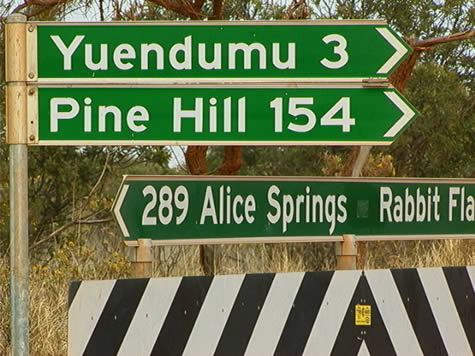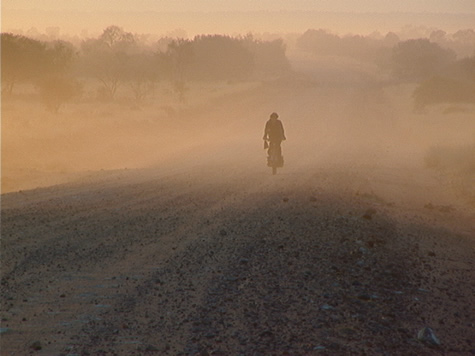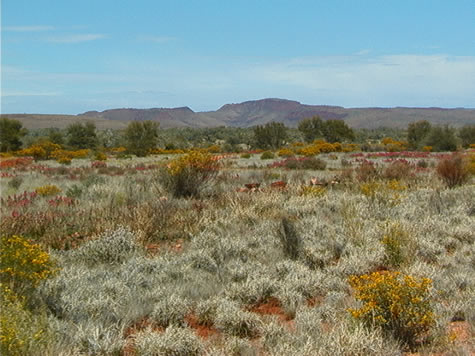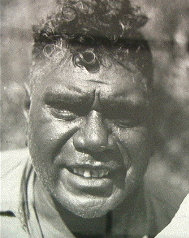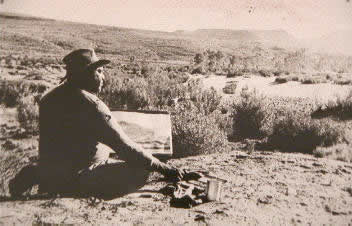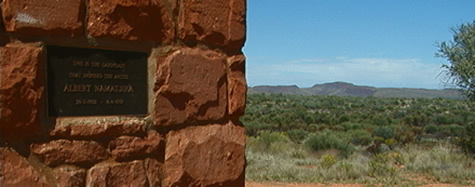Camels and the Development of Australia
Which country has the only wild camels in the world? The answer is Australia, with an estimated 100,000 roaming the Outback. The first camel was brought to Australia from the Canary Islands in 1840, but it was in 1860 that they were brought here for the expressed purpose of expedition use, namely the ill-fated Burke and Wills (see history update on the Burke and Wills Expedition). Between the years of 1860-1907, an estimated 12,000 camels were imported.
The Arabian camel, commonly one-humped, was the most popular type as it was from hot desert areas and well suited to the climates of Australia. Additional varieties were imported based on their suitability for the type of work they were to do.
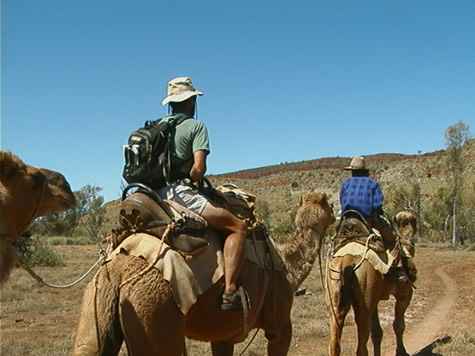
‘Afghans’ were also brought to Australia to handle the animals. These men came from various parts of west Asia, but were commonly known as Afghans to the locals. The Ghan train was named after them, after the vital role they played in the development of central Australia.
The camel strings were used both in exploration and to haul goods from the railheads in central Australia. The poles for the Overland Telegraph Line were carted by camel, as were supplies and mail for Alice Springs, for the large cattle/sheep stations, and the Aboriginal communities.
The biggest camel teams consisted of up to 70 camels, with 40 being the most common. Four Afghans were the cameleers. The caravans could travel up to 40 km a day, with each camel packing 300 to 600 kg of supplies. One 1891 expedition travelled over 800 km in a month. Explorer Ernest Giles once travelled 354 km in eight days without watering his animals.
By the 1920s motor vehicles had virtually ended the widespread use of the camels. The last major exploration to utilize camels was in 1939 when Dr C T Madigan crossed the Simpson Desert. In the years that followed, the domesticated camels were released into the wild and now form the free-ranging herds, which are found today.
Suggested activities: Identify the breeds of camels around the world. What are their uses today and by whom? Research why the camel is suited to an arid environment. These topics may deal with the hump, body temperature, and his ability to reabsorb moisture into the body.
April
